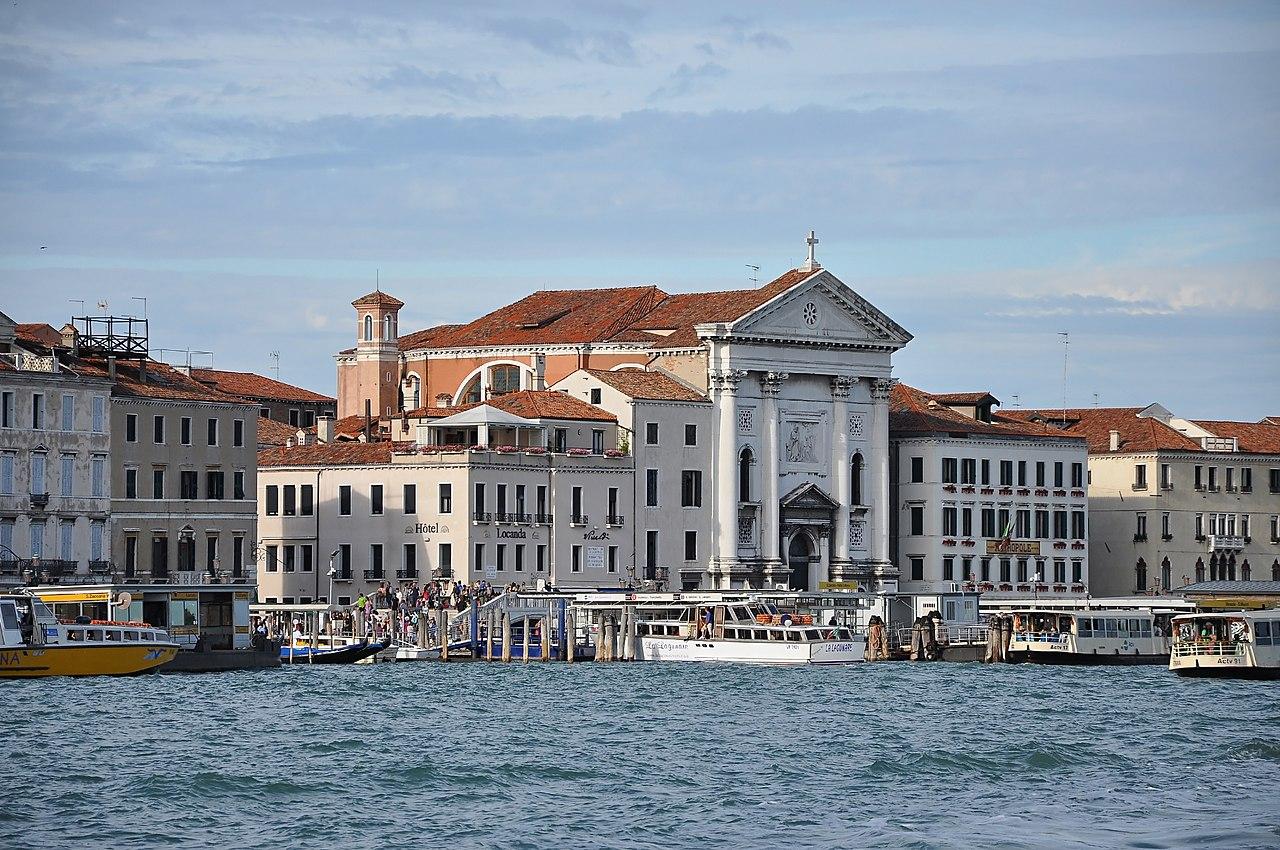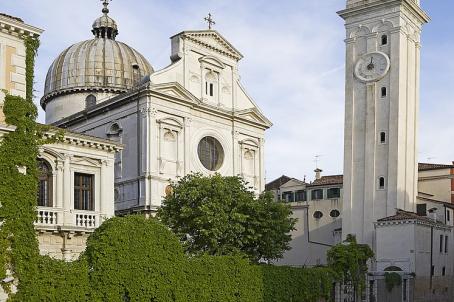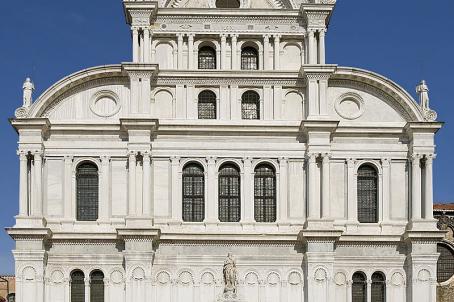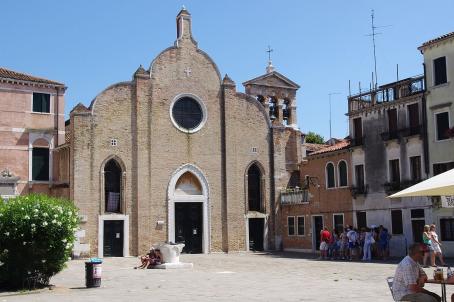Chiesa della Pietà
The church of the Pietà was built in its present form between 1745 and 1760 to a design by Giorgio Massari (1687-1766). However, the façade remained unfinished until the beginning of the 20th century: it was not until 1906 that the work was completed according to the original project, the only change being the upper ornamentation. The previous building, destroyed by the deterioration of time, was located on the right side of the present church.






